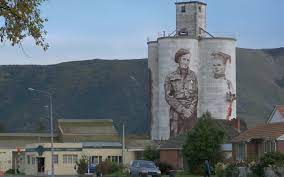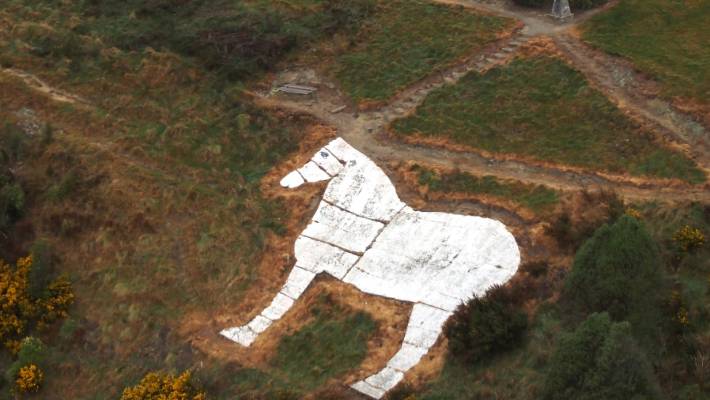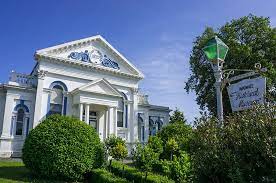Whangarei
17.89°C

Whangarei
17.89°C

Waitakere City
16.98°C

Manukau City
17.11°C

Papakura
24.46°C

Hauraki
17.26°C

Waikato
17.67°C

Matamata
18.46°C

Hamilton
17.51°C

Otorohanga
18.52°C

Rotorua
16.6°C

Taupo
15.44°C

Tauranga
19.27°C

Kawerau
18.6°C

Whakatane
19.64°C

Gisborne
15.51°C

New Plymouth
16.98°C

Stratford
8.97°C

Ruapehu
14°C

Wanganui
17°C

Palmerston North
16.41°C

Wairoa
19.19°C

Hastings
18.84°C

Napier
18.49°C

Masterton
15.49°C

Carterton
15.66°C

Porirua
15.99°C

Lower Hutt
16.45°C

Wellington
15.79°C

Tasman
9.35°C

Nelson
16.27°C

Marlborough
3.22°C

Kaikoura
15.48°C

Christchurch
12.59°C

Ashburton
12.52°C

Timaru
13.37°C

Waitaki
11.32°C

Waimate
13.08°C

Queenstown
12.38°C

Dunedin
14.33°C

Southland
9.98°C

Gore
11.31°C

Invercargill
12.06°C

Blenheim
14.73°C

Te Anau
27.35°C

Wanaka
11.17°C

Kaikoura
13.38°C

Stratford
13.54°C

Upper Hutt
15.9°C

About
The site is easily accessible by car, on foot, or mountain bike, and is a fantastic spot to take in the views east to the Pacific Ocean, and west to the mountains. Built in 1968, the white horse is also a testament to one man’s dream and determination. Retired farmer Norman Hayman returned from a European holiday inspired by a Friesian cow statue in Holland. He reckoned that the Clydesdale horse deserved a similar tribute for its contribution.
During the 1960s a Development Society was formed in Waimate to promote industry and holiday attractions in the district. Local farmer Jack Sutherland, of Centrewood, gave 10ha to the Waimate Development Society for a look-out and park overlooking the town. Norman put forward his suggestion for a Clydesdale horse statue, but the cost was too high.
In his own words, from notes he made at the time, Norman wrote: ’I then came up with a plan of a silhouette, twice the size of a horse, in a concrete slab on its edge. There was still doubt about the size being sufficient. Time was going on and no monument.
‘I was given the idea of the White Horse of England, which I tried with wallpaper on the face of the hill. This was the start of the action, but the steep rocky face of the hill was too heartbreaking to smooth over. My next move was to the smooth valley close by, not so good for viewing, but where I could work myself. A load of plaster board scrap from the dump, laid in outline, proved the monument would be too small, but I was in business, and ordered 200 paving stones.’
It took Norman and his wife, Betty, three months to lay 1220 concrete slabs. The 2.5 ton head was precast in Ron Hutt’s yard. The final cost was $240, met by donations from ‘old time’ farmers, teamsters, and others who admired the Clydesdale horse.
Norman’s experience with horse teams began on his parents’ farm during his early school days at Studholme. He left school at 15 to work on the farm. ‘I had to get up at 5.30 in the morning and bring the horses in to give them two hours of solid feeding and grooming. Then at eight o’clock sharp the chains were tightened and work began until noon.
‘The horses had their own built-in time clock because they would always try to knock off one round before noon. At half-past five in the evening I would cover the horse up and sometimes head off for a dance.’
Norman’s research with the Ministry of Agriculture, showed that Clydesdales were well - established in the Waimate district before 1900. By 1918, the peak year of the working horse population there were 351,544 draught horses in New Zealand - 8,233 of them in Waimate district. By 1921 the number had dropped to 319,034. But by 1965 - 66 the tractor had taken over completely, and no draught horses were listed.
‘The terrific strength of the draught horses was clearly demonstrated to me when I purchased my first tractor,’ Norman wrote. ‘Three horses could pull a dray load of shingle from the pit, but a presumably powerful tractor could not.’
Norman died in 1988, and his contribution to the district through this iconic memorial will always be remembered.
The Waimate Museum and Archives is housed an impressive collection of 11 historic buildings - including the 1879 courthouse - that showcase over 100 years of architectural styles.
One of New Zealand’s historic gems, this vibrant museum is unique in that it’s located in the town’s former courthouse. It is home to thousands of items and images telling the stories of Waimate district - from a tiny watch to a traction engine.
The collections include fossils and moa bones, medical equipment from the old Waimate Hospital, horse-drawn farm machinery, and a room full of clocks.
When the courthouse opened in 1879, the only offender that day was ‘an inebriate’ who was acquitted in honour of the occasion. The courthouse closed in 1979, and was converted to a museum by the Waimate Historical Society and Archives. It’s one of the district’s most stylish buildings and attracts hundreds of visitors each year.
The complex includes the 1879 Courthouse, the former police station, jail and stables, and a pioneer cottage that was built of pit-sawn Totara before the bushfire of 1878. There’s a 1912 country school that’s still used to educate youngsters from around South Canterbury, and an earth brick shed that stores part of the huge collection of horse-drawn farm implements.
The district’s ongoing strong connection with tangata whenua is evident also - visitors are greeted by the striking Wahine Statue, which is a relic of the New Zealand International Exhibition held in Christchurch in 1906-07. William Quinn, of Makikihi Brickworks fame, acquired the statue after the exhibition and it was stored in a shed on his property for 60 years before being auctioned. The new owner donated it to the museum.
There’s an excellent archives complex that’s used by researchers and genealogists from around the globe.


